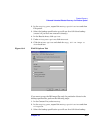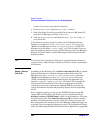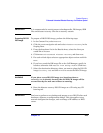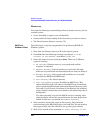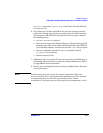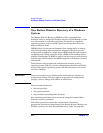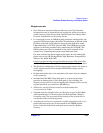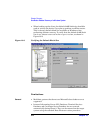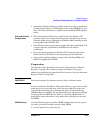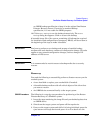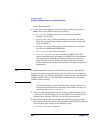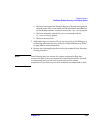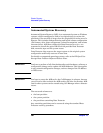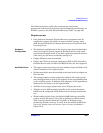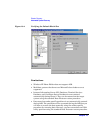
Disaster Recovery
One Button Disaster Recovery of a Windows System
Chapter 10 475
• One Button Disaster Recovery backup session can only be performed
for one selected client or Cell Manager on the same OBDR device at a
time. This has to be done on a single, locally attached OBDR capable
device.
Disk and Partition
Configuration
• With fault-tolerant disk drives on the OS level for Windows NT
systems, mirror set is supported while stripe and volume set are not.
Dynamic disks are not supported on Windows 2000 (including mirror
set upgraded from Windows NT).
• New disk has to be the same size or bigger than the crashed disk. If it
is larger than the original disk, the difference will remain
unallocated.
• Boot and system partition on Windows NT 4.0 must be physically
bellow the first 7,8 GB due to the operating system limitations.
• Only vendor specific partitions of type 0x12 (including EISA) and
0xFE are supported for OBDR.
Preparation
Complete the steps described in the section “Preparing for a Disaster
Recovery” on page 443 in order to prepare for disaster recovery in
addition to completing the steps listed in this section. See also “Advanced
Recovery Tasks” on page 490.
IMPORTANT You have to prepare for disaster recovery before a disaster occurs.
Create a media pool for DDS or LTO media with Non-appendable media
usage policy (to ensure that this will be the only backup on tape) and
Loose media allocation policy (because the tape is formatted during
OBDR backup). In addition, the media pool must be selected as a default
media pool for the OBDR device. Refer to “Creating a Media Pool” on
page 102 for more information. Only media from such pool can be used
for OBDR.
OBDR Backup Use the following steps to perform OBDR backup locally on the system,
for which you want to enable recovery using OBDR:
1. In the Context List, select Backup.



